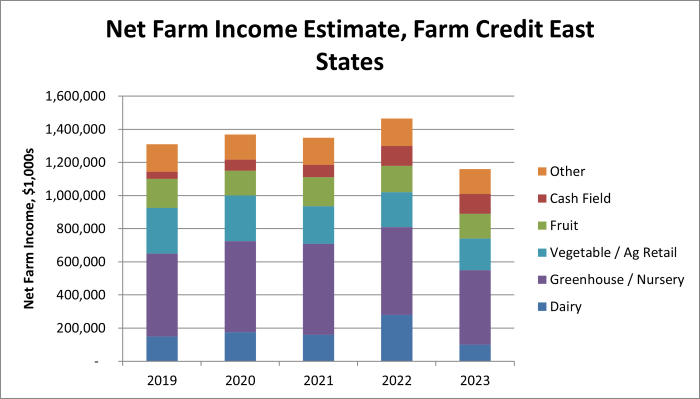February 15, 2024
National Economy Snapshot
 The National Economy
The National Economy
The U.S. economy blew through expectations in 2023, with overall GDP growth coming in at an estimated 2.6%. This was boosted by growth of 4.9% in Q3. One year ago, economists were forecasting slow growth at best, with a significant chance of recession due to the Fed’s aggressive interest rate hikes. Needless to say, the economy has outperformed these expectations, and it appears we may be headed for the elusive “soft landing” that the Fed has aspired to, with inflation declining while economic growth remains positive.
Inflation has cooled significantly in recent months. The Consumer Price Index increased 3.4% for the prior 12 months as of December. This is in marked contrast to the elevated levels seen in 2022 and the first half of 2023. While inflation remains above the Fed’s 2% target, economists believe that it will continue to taper, albeit slowly at this point.
Although there are clear risks on the horizon (inflation could rise, GDP could decline, job growth could falter), the consensus forecast is that the U.S. should continue to outperform its peers in the developed world, with modestly positive GDP growth in 2024. Growth is expected to fall sharply from the 4.9% seen in Q3 2023, but remain positive through Q1 2024, after which we may see flat-to-slightly declining economic growth in the middle of the year, before returning to positive territory as 2024 concludes. Economic forecasts for 2024 GDP growth range from a slightly-positive 0.4% to a more robust 1.6%.
A significant factor in slowing inflation has been moderating energy costs. Retail prices for gasoline and diesel are expected to continue to modestly decline in 2024, with gas coming in at $3.36/gal nationally, compared to $3.53 in 2023, and $3.97 in 2022.
While energy costs may continue to fall, labor costs are likely to continue to increase for employers. With ongoing positive job growth and unemployment consistently below 4%, upward pressure on wages will continue. Minimum wage increased in 2024 as well in many Northeast states.
All told, we are expecting a year of modest-yet-positive earnings for most agricultural businesses in the Northeast, with performance varying significantly by industry sector and individual circumstances.
Net Farm Income Projection
Source: USDA ERS & Farm Credit East Estimates. Does not include forest products or commercial fishing.
Tags: ag expenses, economy, net farm income




